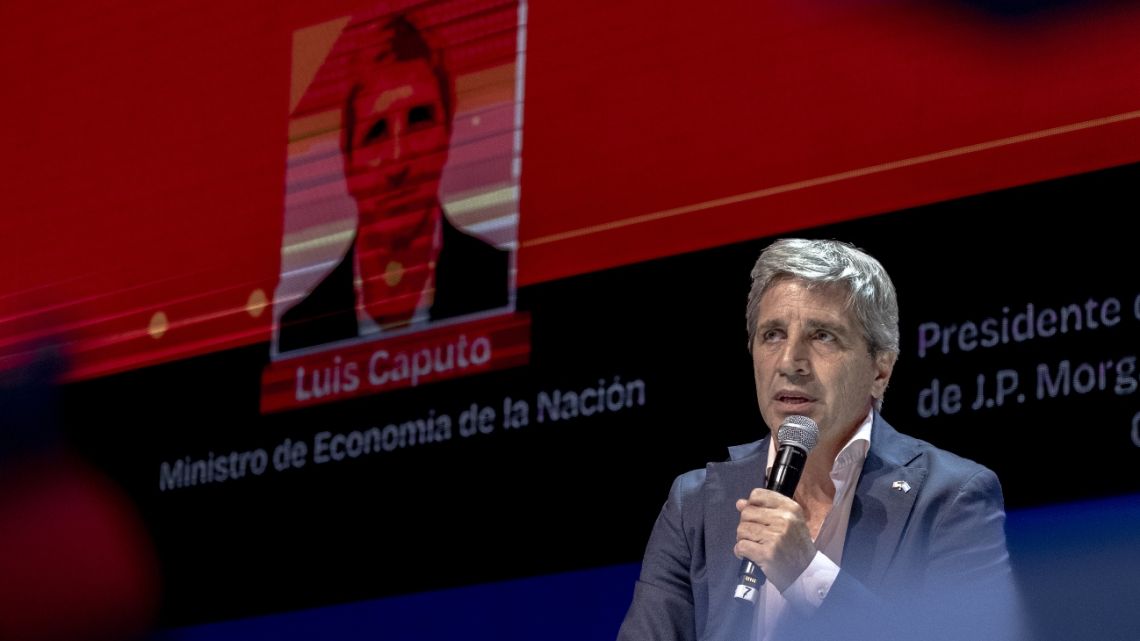The FipeZap index reveals a stark contrast in Brazil’s commercial real estate market for 2024. Rental prices surged by 7.88%, marking the highest annual growth since the index began in 2013.
This surge outpaced both the IPCA (4.83%) and IGP-M (6.54%) inflation indices. In contrast, commercial property sale prices grew by a mere 0.40%. High interest rates cooled the sales market but heated up rentals.
Alison Oliveira, FipeZap index coordinator, explains that investors shied away from buying properties, increasing rental demand. The rental market has fully recovered from pandemic losses and continues to grow.
Cities showed varied trends. Niterói led rental price increases at 17.84%, followed by Curitiba at 10.89%. For sales, Curitiba topped the list with a 7.16% rise. São Paulo, Brazil‘s main commercial hub, saw a 7.13% rental increase but only a 1.33% rise in sales prices.
December 2024 showed moderate growth. Rental prices rose by 0.23%, while sales prices increased by 0.16%. Both fell below inflation rates. Curitiba and Niterói led in sales and rental price hikes respectively.
 Brazil’s Commercial Rentals Jump 7.88% in 2024, Outpacing Sales. (Photo Internet reproduction)
Brazil’s Commercial Rentals Jump 7.88% in 2024, Outpacing Sales. (Photo Internet reproduction)Some cities, like Brasília and Curitiba, experienced price drops in certain segments. The average sale price stood at R$ 8,421/m², with rentals at R$ 45.53/m². São Paulo boasted the highest prices, with R$ 10,142/m² for sales and R$ 54.40/m² for rentals.
Rental Market Trends in Brazil
In contrast, Salvador offered the lowest prices in both categories. Commercial property rental yields averaged 6.70% annually, surpassing residential yields but falling short of traditional financial investments.
Salvador led with the highest annual return at 9.52%, followed by Campinas at 7.86%. Other cities ranged from 5.77% to 6.73% in annual rental returns. This market shift reflects broader economic trends and changing work patterns.
The surge in rentals amid stagnant sales highlights the impact of high interest rates on investment strategies. It also suggests a cautious approach to property ownership in uncertain times.

 By The Rio Times | Created at 2025-01-21 10:36:30 | Updated at 2025-01-23 20:48:48
2 days ago
By The Rio Times | Created at 2025-01-21 10:36:30 | Updated at 2025-01-23 20:48:48
2 days ago








